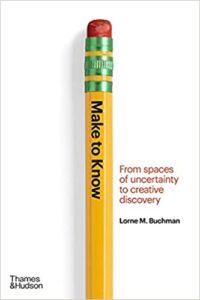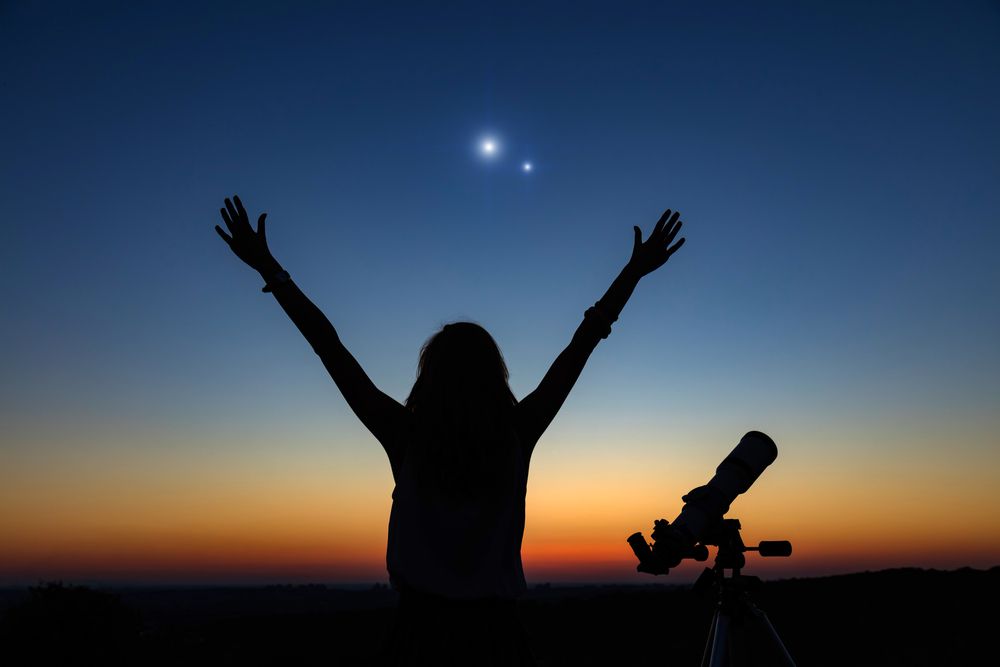In this episode of EconTalk, guest Lorne Buchman and host Russ Roberts discuss emergent orders in creative processes with a focus on Buchman’s book, Make to Know: From Spaces of Uncertainty to Creative Discovery. Buchman contrasts the “Make to Know” process in opposition to fully-formed epiphanies.

Buchman is the president of ArtCenter College of Design in Pasadena, California and the host of his own biweekly podcast, the Change Lab Podcast where he has interviewed over 50 artists and designers about their ideas and careers. A recent interview from December with Google’s Ivy Ross is a great illustration of a leader with curiosity and drive who is successful both as an artist and as a businesswoman.
Two memorable arts-focused case studies from the talk are about Keith Jarrett’s Köln Concert, and Elizabeth Bishop’s continual redrafting of one of her most famous poems, “One Art.” For the less artistically inclined the podcast is bookended with fascinating discussions of the creation of the Apple store by Tim Kobe and Steve Jobs and Hans Monderman’s transformative creation of traffic roundabouts. The color and variety of stories would make this book (and podcast) a rich resource for teachers and students.
1- Buchman uses the example of the difference between having a “North Star” (a goal) and a “vision” (a completed idea). How are those different? What is the experience like for individuals pursuing their projects in these different ways?
2- Buchman says he wants to explore alternatives to common conceptions of artistic creations as the result of genius, madness, or divine inspiration (things outside of an individual that are too limiting). Genius does exist, according to Buchman, but beautiful and creative works do come from people that aren’t geniuses too. Could knowledgeable observers distinguish between a work by a genius and the work of a non-genius using the “make to know” process? If so, how?
3- Constraints are often thought of as impediments to creation. However, many of Buchman’s stories involve creativity being heightened by working within constraints. Examples from the discussion include the constraint of a tight budget or needing to use a particular material. Artistic examples include using a strict poetry format like a haiku or sonnet or a particular instrument like a saxophone instead of a piano. Are some constraints actually freeing? If so, how so?
4- Creating great art and engaging in profitable businesses are often presented as very different kinds of activities. Buchman and Robert’s think they are more similar than they might be popularly understood. Are they right? If so, in what ways?
Want to explore more?
Megan McArdle on Failure, Success, and the Up Side of Down – Econlib (econtalk.org)


Comments are closed.